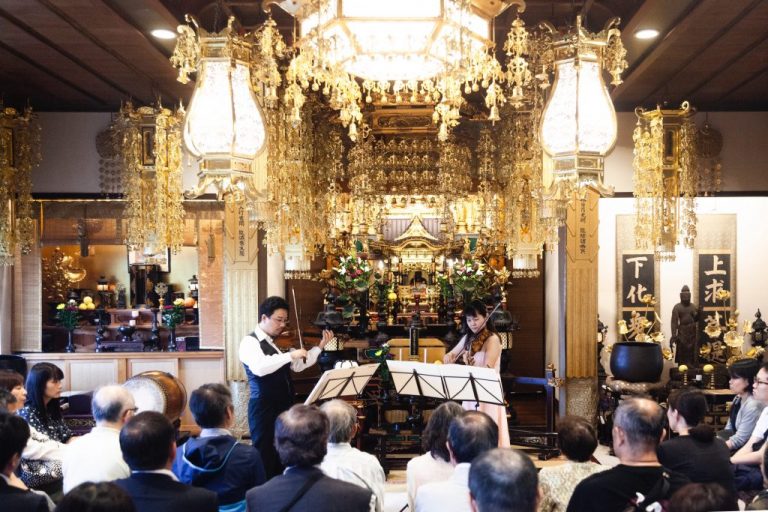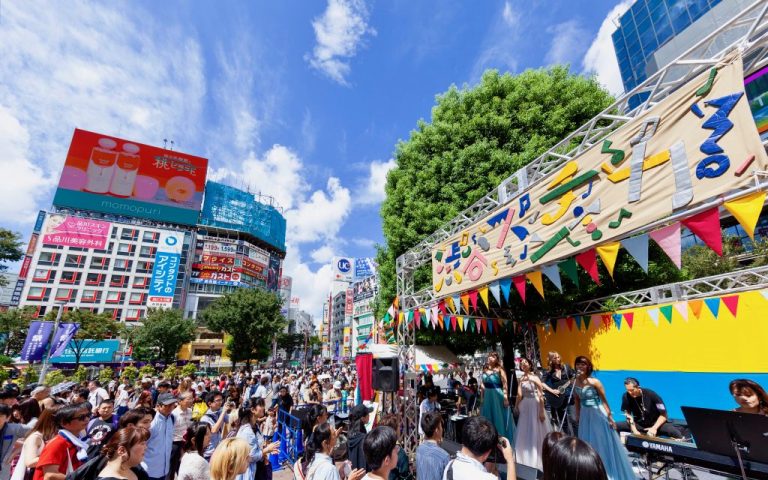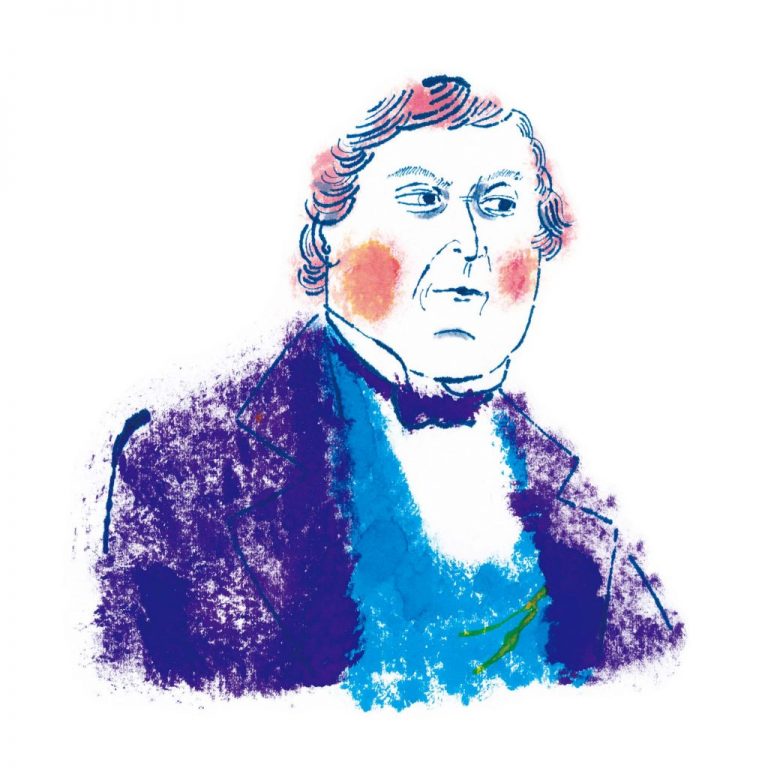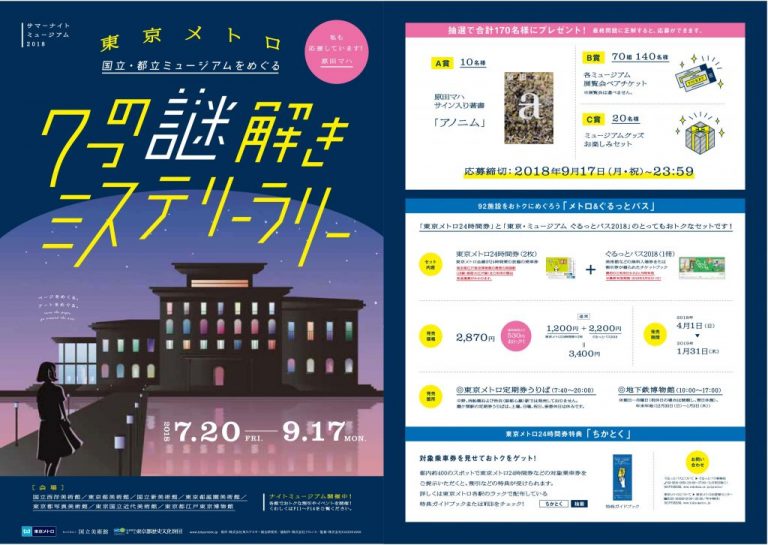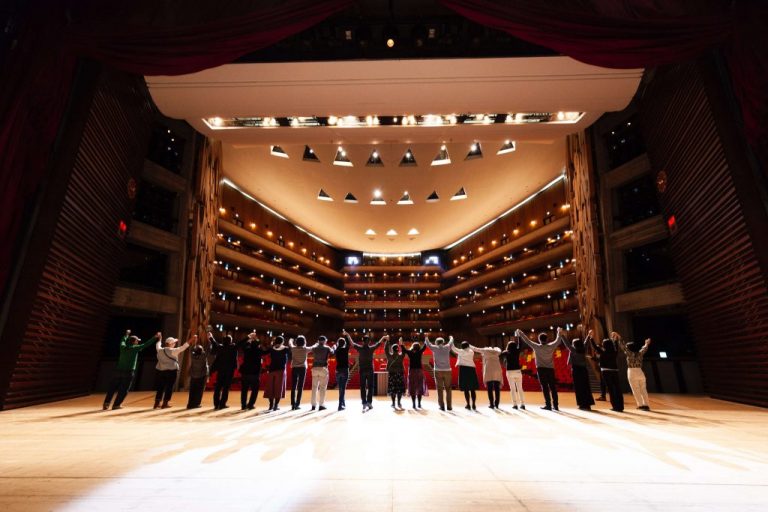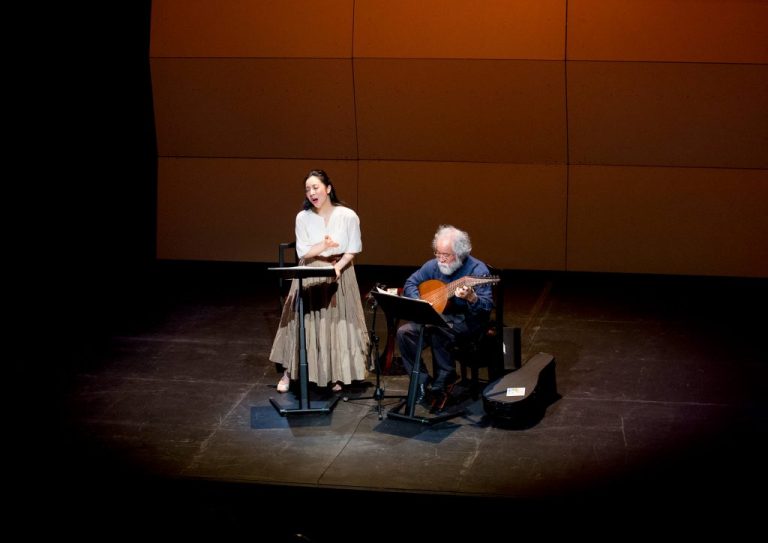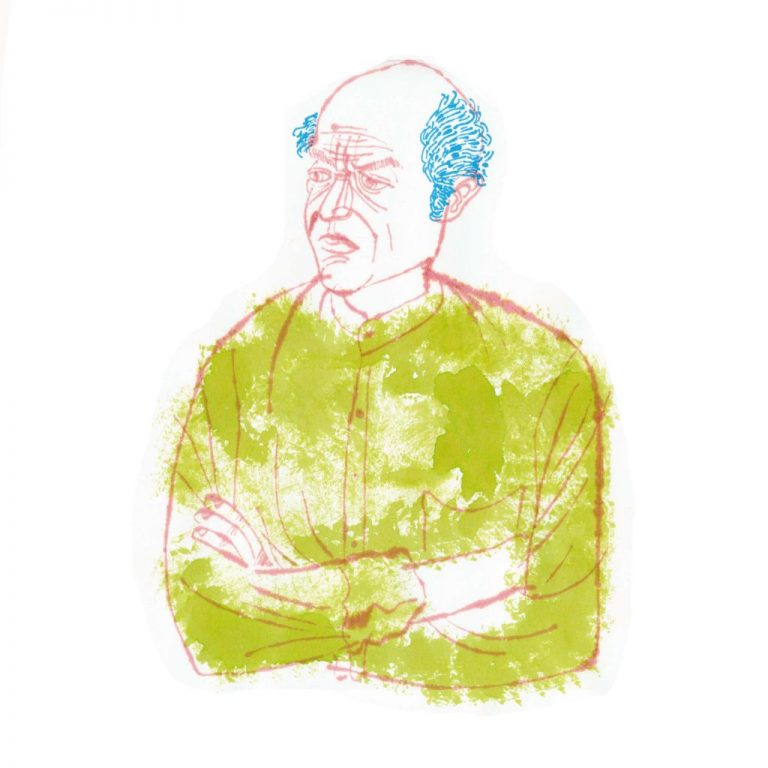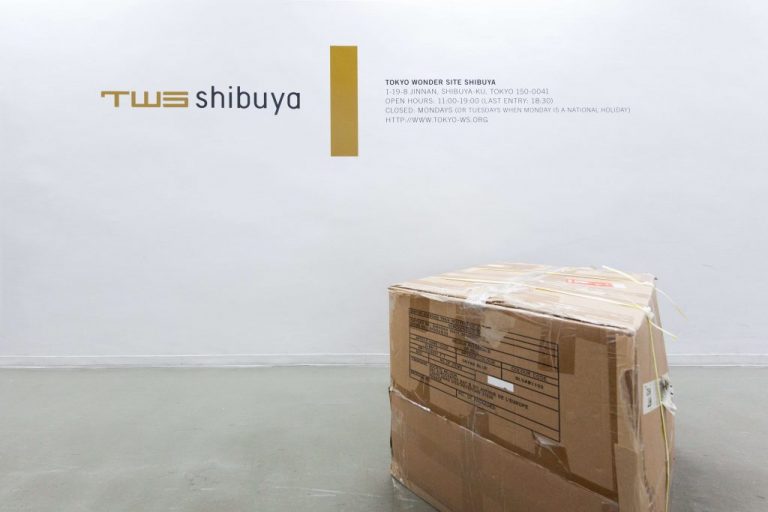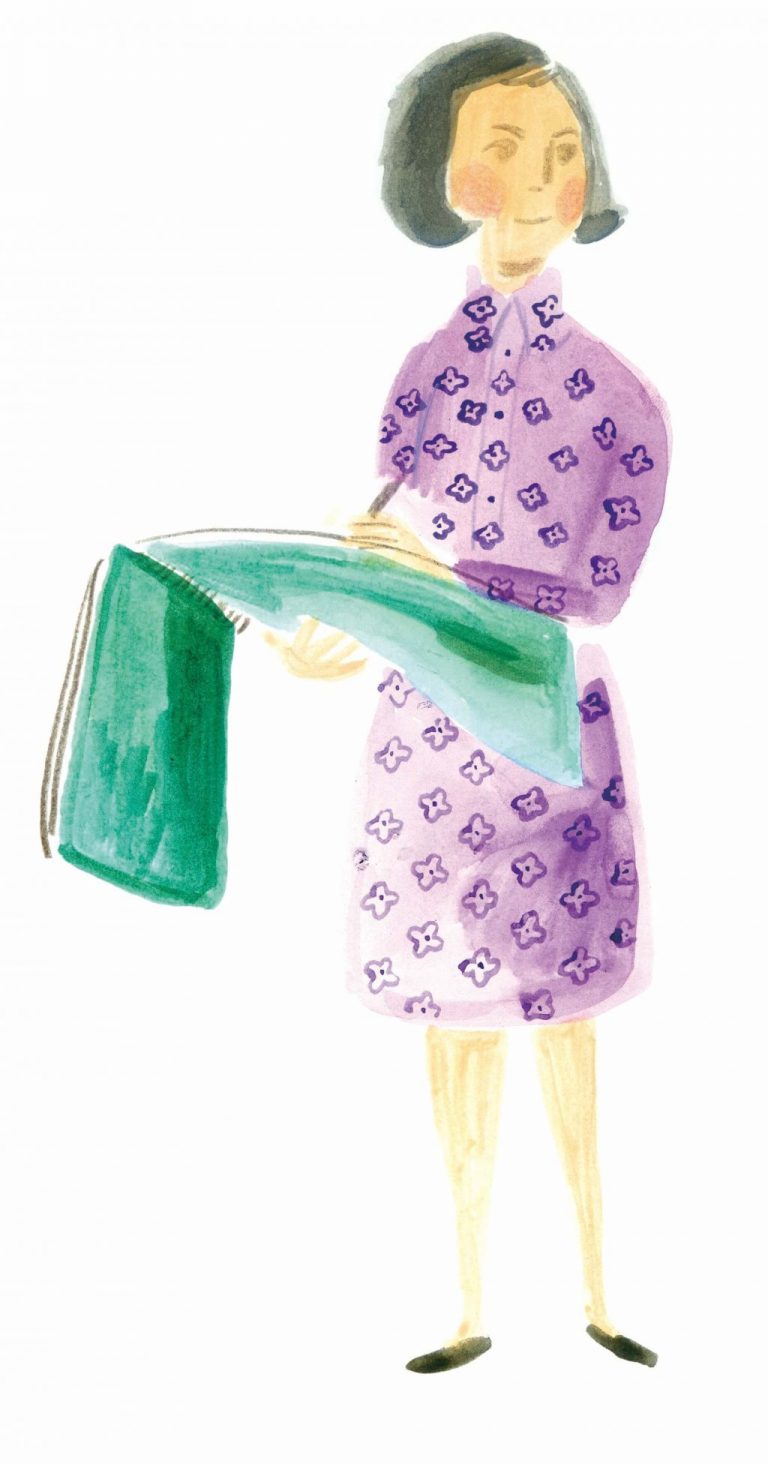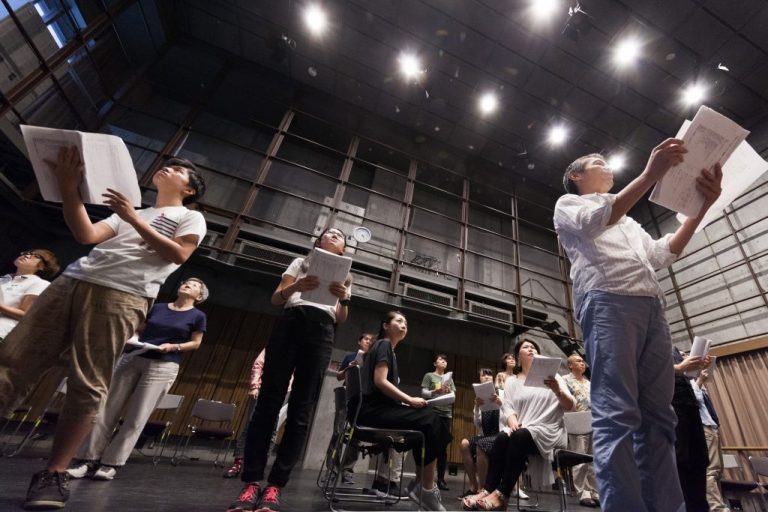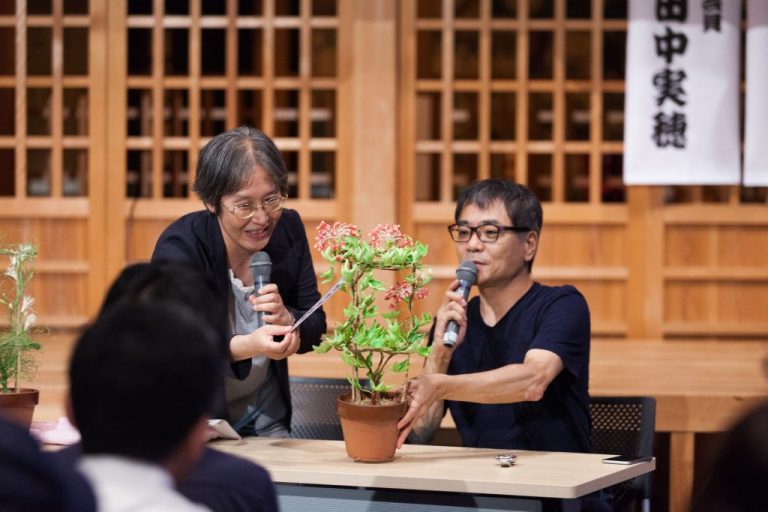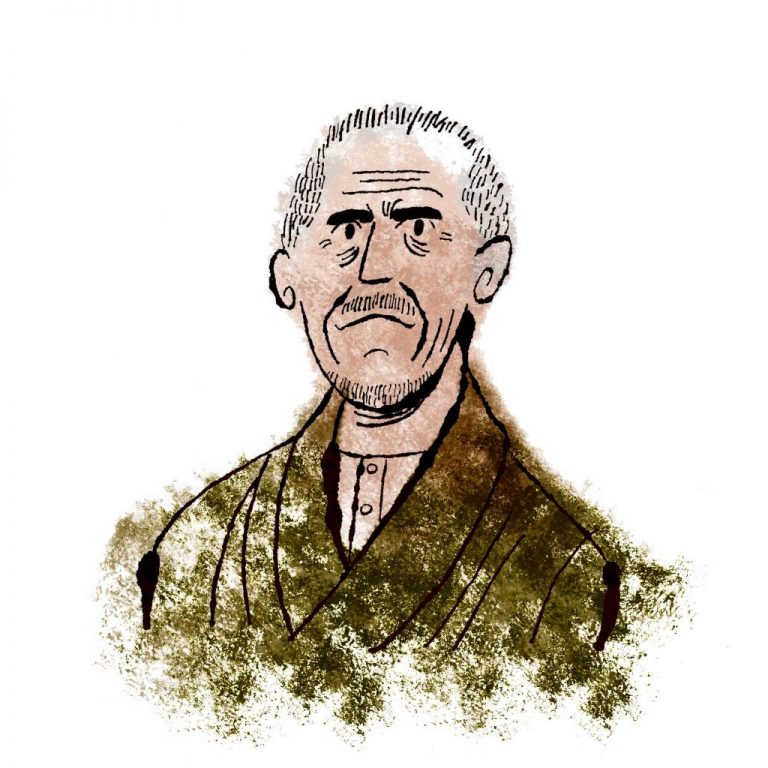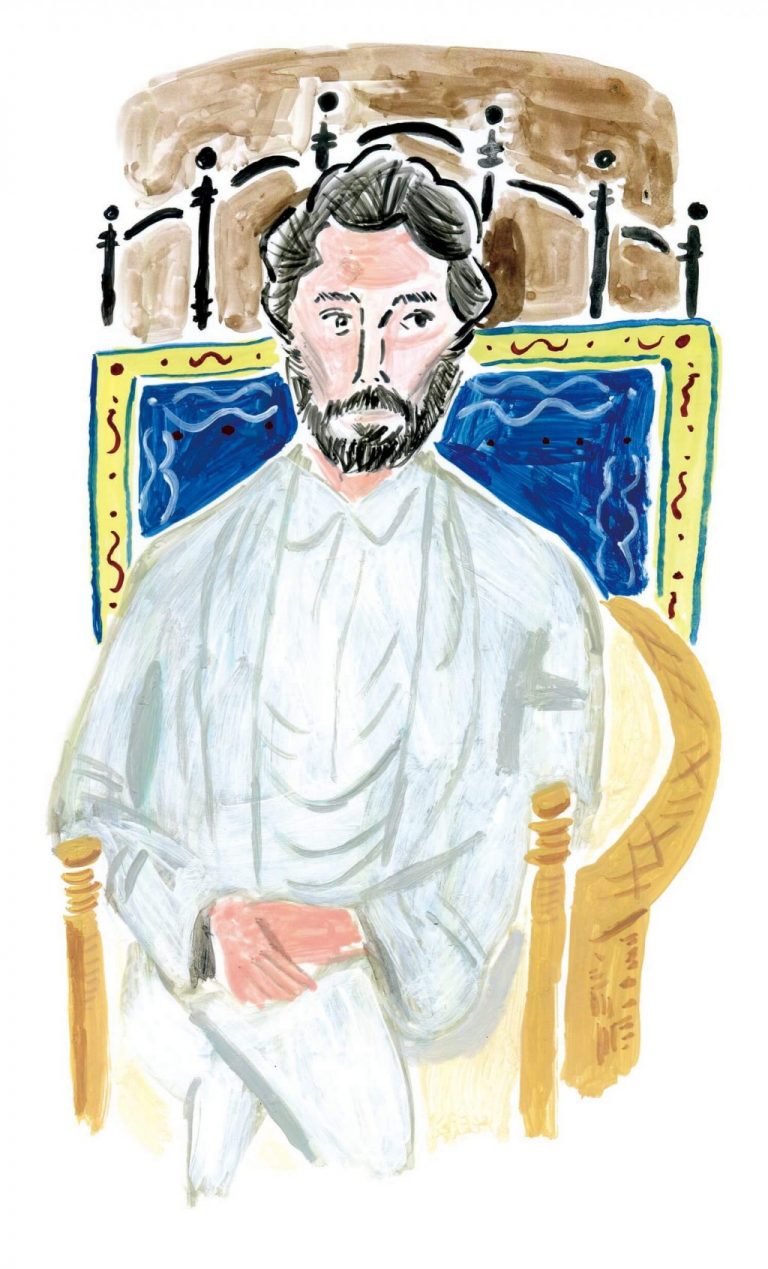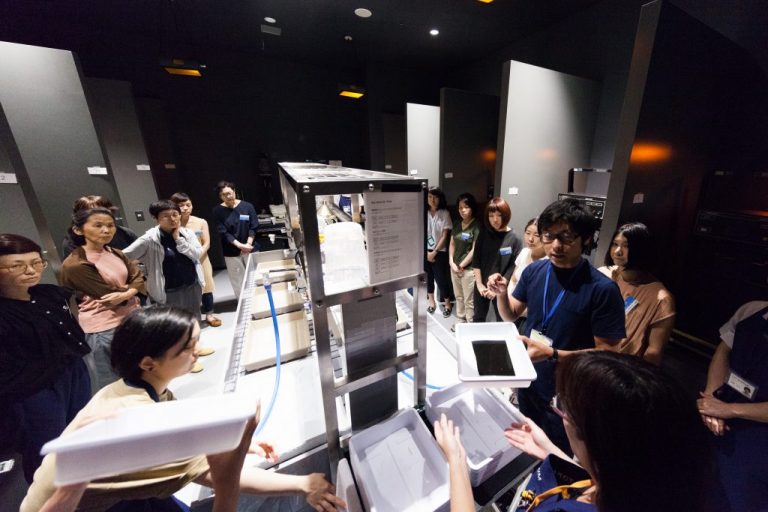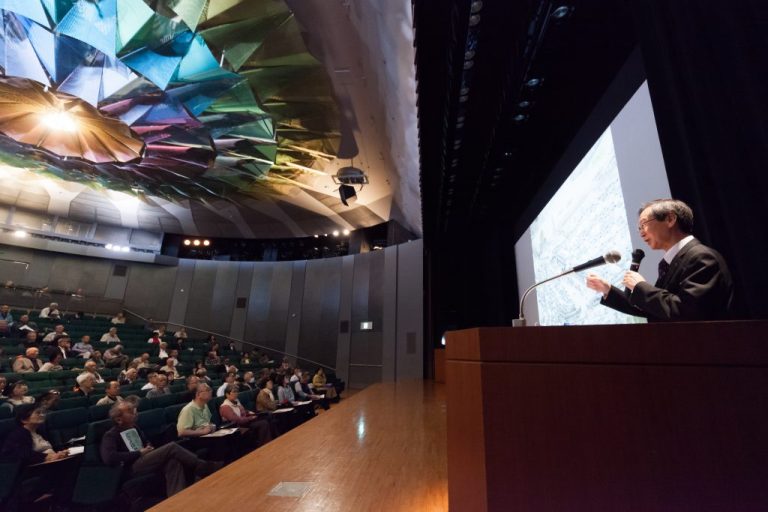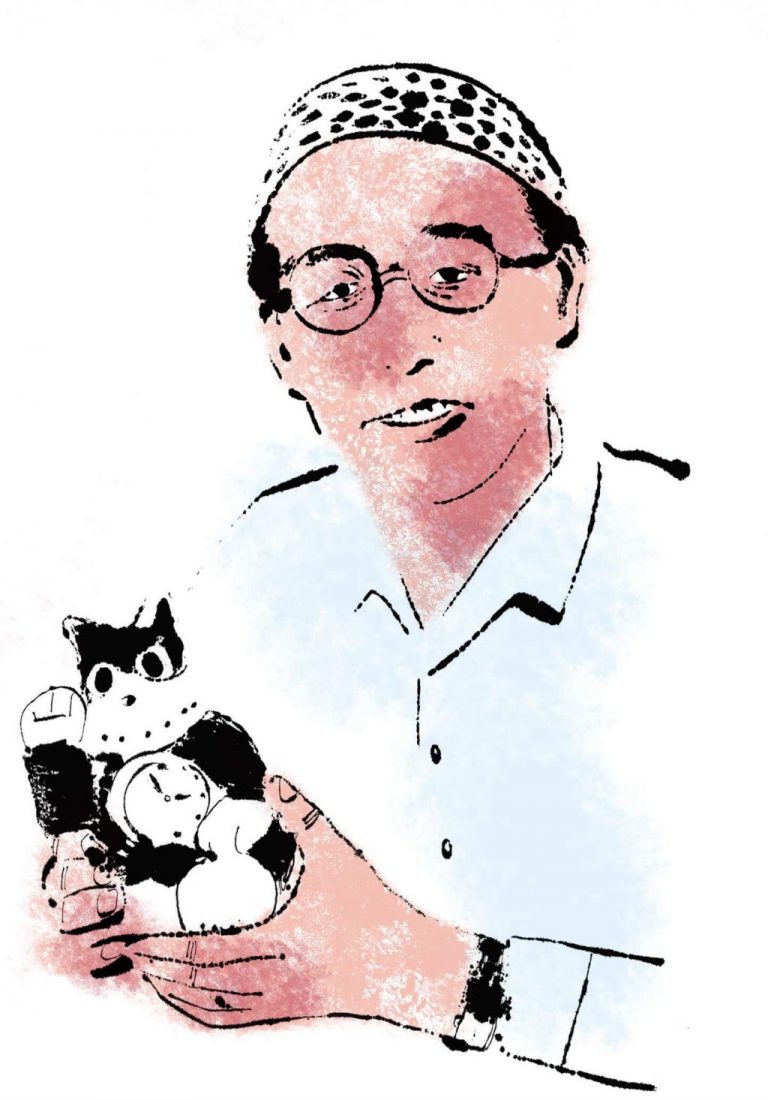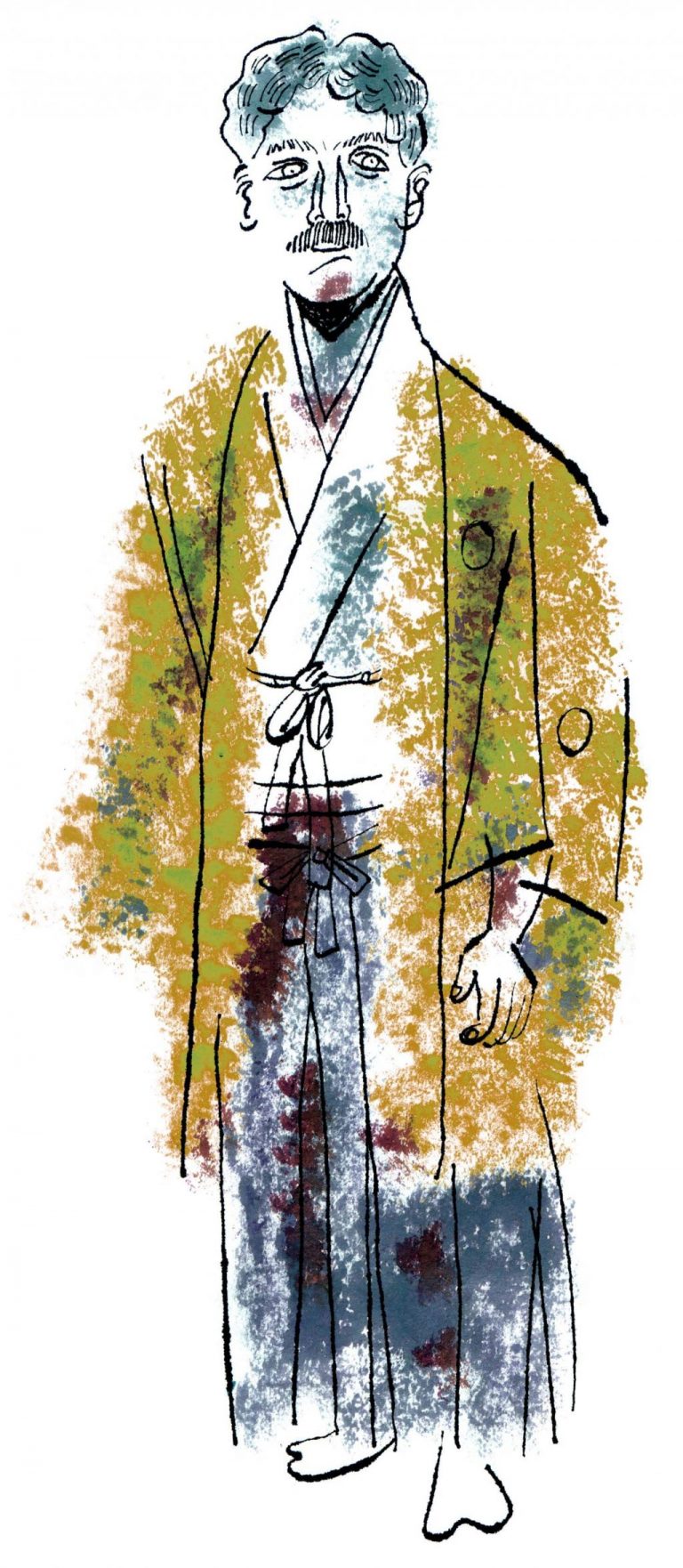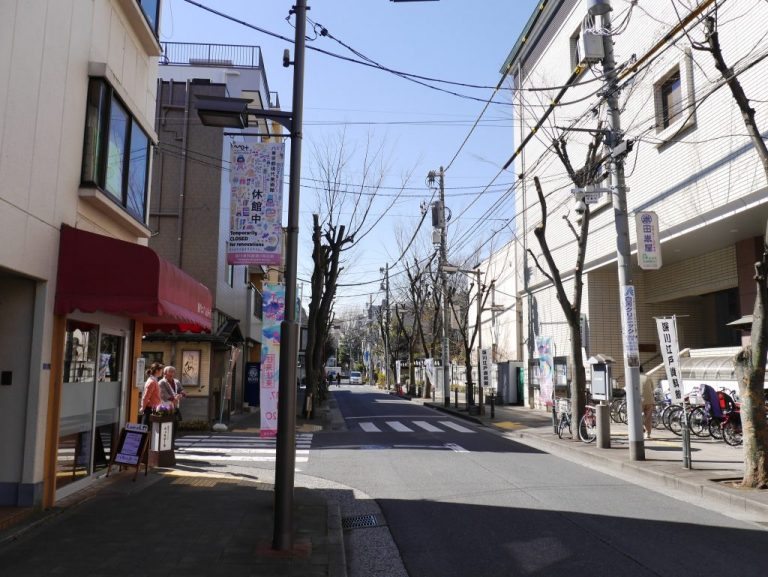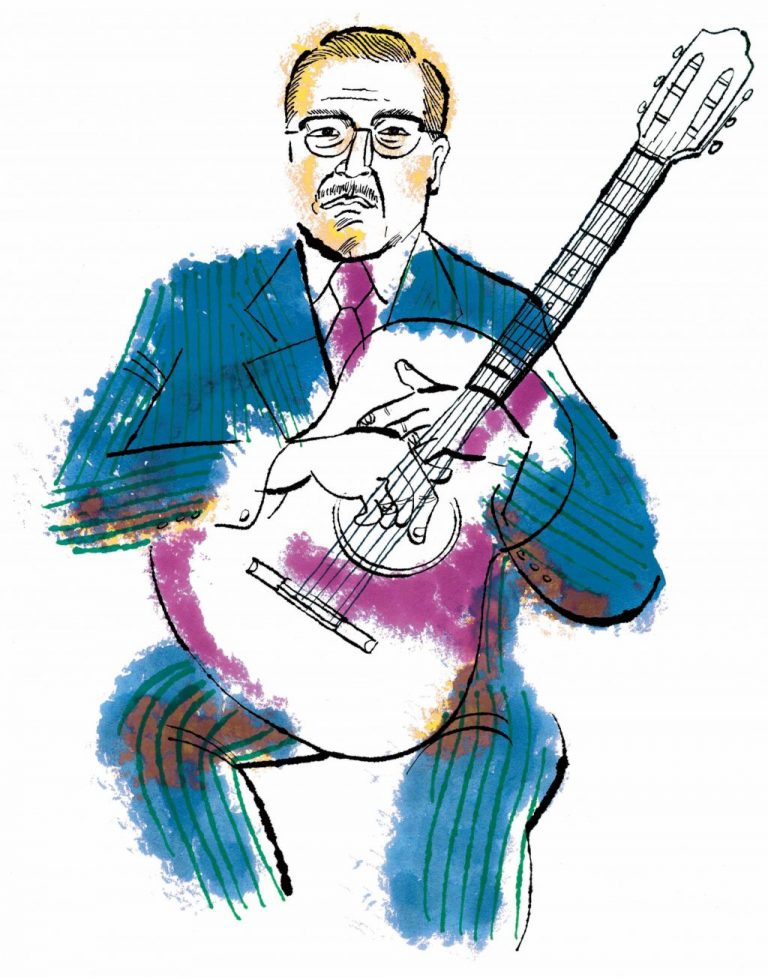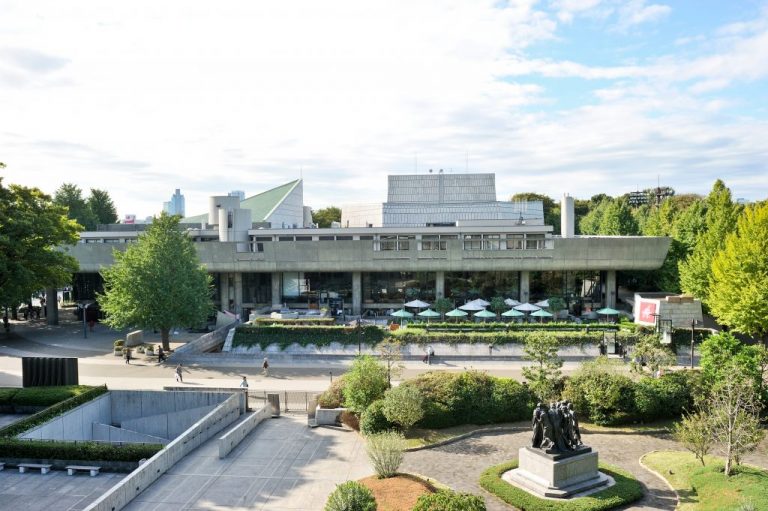Display search results
SEARCH
-
Minami-Senju Burari Shitamachi Ongaku-sai

Minami-Senju, a colorful bustling neighborhood, features a mix of traditional buildings and renewed apartment blocks along alleys bursting with old town charm. Again this year, daily life in the neighborhood was transformed into the extraordinary with the eighth annual Minami-Senju Old Town Tour & Music Festival. For this column, we spoke with NPO Senju Sumidagawa, the non-profit that sponsors the music festival.
https://tokyoartnavi.jp/en/column/6304/ -
Shibuya Zunchaka! 2018 (Shibuya)

Shibuya is known around the world as a center of fashion and culture. For the second edition of the “Next Tokyo Discovery Squad!” we will report on the “machinaka” (in the city) music event Shibuya Zunchaka! 2018. It was held on Sunday September 9, 2018 at 27 locations including street corners near Shibuya and Harajuku stations, attracting crowds of tourists and shoppers.
https://tokyoartnavi.jp/en/column/6299/ -
Gioachino Rossini

Gioachino Rossini was a prominent opera composer of the first half of the 19th century. His best-known operas are The Barber of Seville (Il barbiere di Siviglia) and William Tell (Guillaume Tell). Also famous as a food lover, Rossini inspired the future generations to appreciate the pleasures of fine food. In 2018, the world marks the 150th anniversary of his passing with concerts and other prominent events.
https://tokyoartnavi.jp/en/column/6721/ -
“Mystery Rally to Solve Seven Riddles”: Tour of Seven Museums

In the summer of 2018, “Mystery Rally to Solve Seven Riddles,” a tour in which participants visit seven art and history museums in Tokyo as well as subway stations to solve riddles was hold. Learn more about this new type of experience-based art entertainment, which enables genuine appreciation of fine art through solving of mysteries associated with works of art.
https://tokyoartnavi.jp/en/column/7475/ -
Special Look Behind the Scenes

Known as the Music Palace, Tokyo Bunka Kaikan attracts crowds of opera aficionados, classical music fans, ballet lovers, and more. Backstage tours conducted irregularly throughout the year offer visitors a unique experience so popular that all 60 available tickets sell out quickly. Read on for a firsthand report on the exciting Tokyo Bunka Kaikan Backstage Tour.
https://tokyoartnavi.jp/en/column/7470/ -
Tokyo Metropolitan Theatre Maternity Concert

The Maternity Concert held at the Tokyo Metropolitan Theatre on March 6 (Tue), 2018 was a unique opportunity for mothers-to-be and their unborn babies to relax to the calming sounds of beautiful vocals and gentle lute. We asked soprano singer and also as a mother, Sara Kobayashi, about her thoughts and feelings that led to this concert.
https://tokyoartnavi.jp/en/column/7469/ -
Isamu Noguchi

Internationally recognized artist Isamu Noguchi, born to a Japanese father and American mother, traveled between the East and the West throughout his life. “Sculpting the space” was the overarching concept at the foundation of all of his artistic endeavors, which spanned across many genres including sculpture, landscaping, garden design, furniture and lighting.
https://tokyoartnavi.jp/en/column/6712/ -
Final Event at Tokyo Wonder Site Shibuya

Tokyo Wonder Site Shibuya had been promoting the latest new things in art culture in Shibuya for 12 or so years. In September 2017, it closed its doors in order to transform into Tokyo Shibuya Koen-dori Gallery. The closing event was held on September 17th, the last day of an exhibition, and was attended by many visitors.
https://tokyoartnavi.jp/en/column/7467/ -
Chihiro Iwasaki

The year 2018 marks the 100th anniversary of the birth of artist Chihiro Iwasaki. To this day, her picture books of endearing drawings of children remain well-known and loved by people of all generations. This is the story of Chihiro Iwasaki, a talented artist and a mother.
https://tokyoartnavi.jp/en/column/6653/ -
Setagaya Public Theatre Workshop Revolving Around a Script
 https://tokyoartnavi.jp/en/column/7459/
https://tokyoartnavi.jp/en/column/7459/ -
Enjoy a Summer Night at an Art Museum!
 https://tokyoartnavi.jp/en/column/7261/
https://tokyoartnavi.jp/en/column/7261/ -
Okoku Konoshima

A Japanese painter active from late Meiji to the early Showa period (late 19th to early 20th century), Okoku Konoshima’s lyrical paintings of animals from intricate sketches were very highly regarded. Later in his life, Konoshima withdrew from the artists’ society and his existence was half-forgotten. More recent studies of his works, however, have led to a reappraisal of his work.
https://tokyoartnavi.jp/en/column/6651/ -
Tsune Nakamura

Tsune Nakamura was one of the leading western-style painters of the Taisho period. He painted the Portrait of Vasilii Yaroschenko, a masterpiece that won him a permanent place in Japan’s contemporary art history. This column will follow the life of this introspective, deeply insightful artist who, although his powerful yet sensitive style made him a darling of his time, sped through his life as he ran out of steam battling an encroaching illness.
https://tokyoartnavi.jp/en/column/6650/ -
Tokyo Photographic Art Museum Teachers’ Program
 https://tokyoartnavi.jp/en/column/7259/
https://tokyoartnavi.jp/en/column/7259/ -
Tokyo Metropolitan Edo-Tokyo Museum “Edo-Haku Culture”
 https://tokyoartnavi.jp/en/column/7258/
https://tokyoartnavi.jp/en/column/7258/ -
Suiho Tagawa

Suiho Tagawa was a manga artist who touched off the great “Norakuro” craze in the early Showa period. His style is often considered the origin of story-telling manga, and big-name manga artists who came in the following generation like Osamu Tezuka, Machiko Hasegawa, and Shigeru Sugiura were greatly influenced by Tagawa’s work in their younger years and respected him as a master. In this article, we will take a closer look at the character of this artist who has left behind the cornerstone at the dawn of Japan’s manga culture.
https://tokyoartnavi.jp/en/column/6648/ -
Taikan Yokoyama

Taikan Yokoyama, a master Japanese painter of modern times, was born at the beginning of Meiji period, and continued through Taisho and Showa periods to struggle between tradition and his own sense of creativity in his constant effort to achieve new expressions in his paintings. He was confronted with numerous conflicts with his teachers and peers, and eventually grew to become a leader in Japan’s art world. Many exhibitions are planning to be hold commemorating his 150th birth year.
https://tokyoartnavi.jp/en/column/6643/ -
MOT Satellite 2017 Spring – By the Deep Rivers

Kiyosumi Shirakawa is an up-and-coming area of Tokyo where the streets are full of the “old Tokyo” feel, and many new contemporary art galleries and much-talked-about cafes are opening up. The Museum of Contemporary Art Tokyo (MOT) opened its doors in this neighborhood a little over 20 years ago. While it is currently closed for renovation, it has gone out into its community to launch its very first art project.
https://tokyoartnavi.jp/en/column/7257/ -
Masao Koga

Masao Koga, called kayōkyoku no chichi (“father of Showa-era pop music”), is said to have written 4,000 or even 5,000 songs in his lifetime. Using a revolutionary compositional method that incorporates the essence and musical arrangements unique to Japanese music, he produced many masterpieces from the prewar era through the post-war years. Among them were Oka wo Koete, Sake wa Namida ka Tameiki ka, Dareka Kokyō wo Omowazaru, and Tokyo Rhapsody. In this column, we will examine the background from which came the sometimes lighthearted and sometimes melancholy “Koga melody.”
https://tokyoartnavi.jp/en/column/6638/ -
Experiencing the Modernism of Architect Kunio Mayekawa Offered exclusively to member schools of the Tokyo Metropolitan Foundation for History and Culture Partnership

The Tokyo Bunka Kaikan Backstage Tour (Architecture) was held in January 2017. Architect Isamu Yoneyama, who is also a research staff member of the Edo-Tokyo Museum, took us on a guided tour around the building.
https://tokyoartnavi.jp/en/column/7255/


